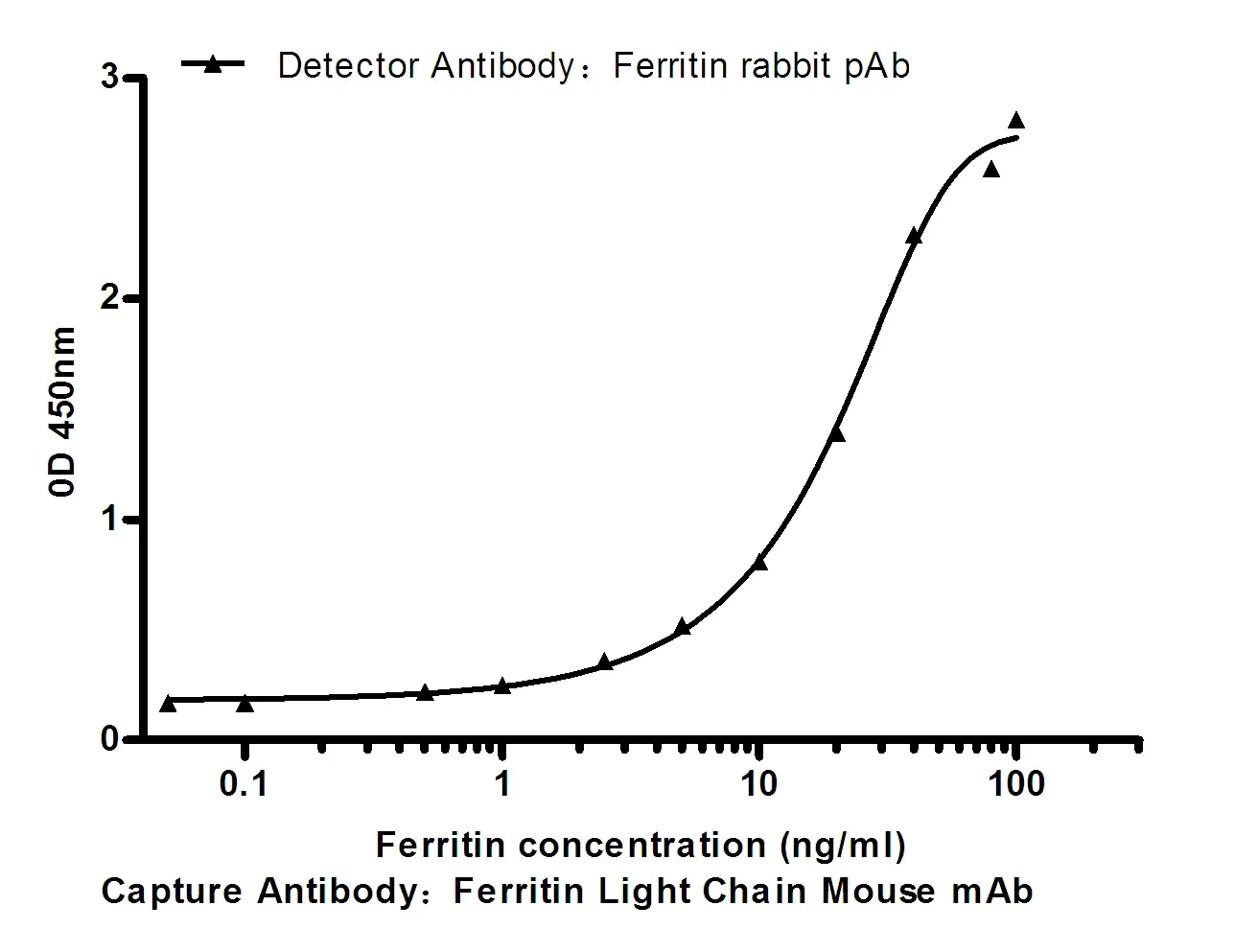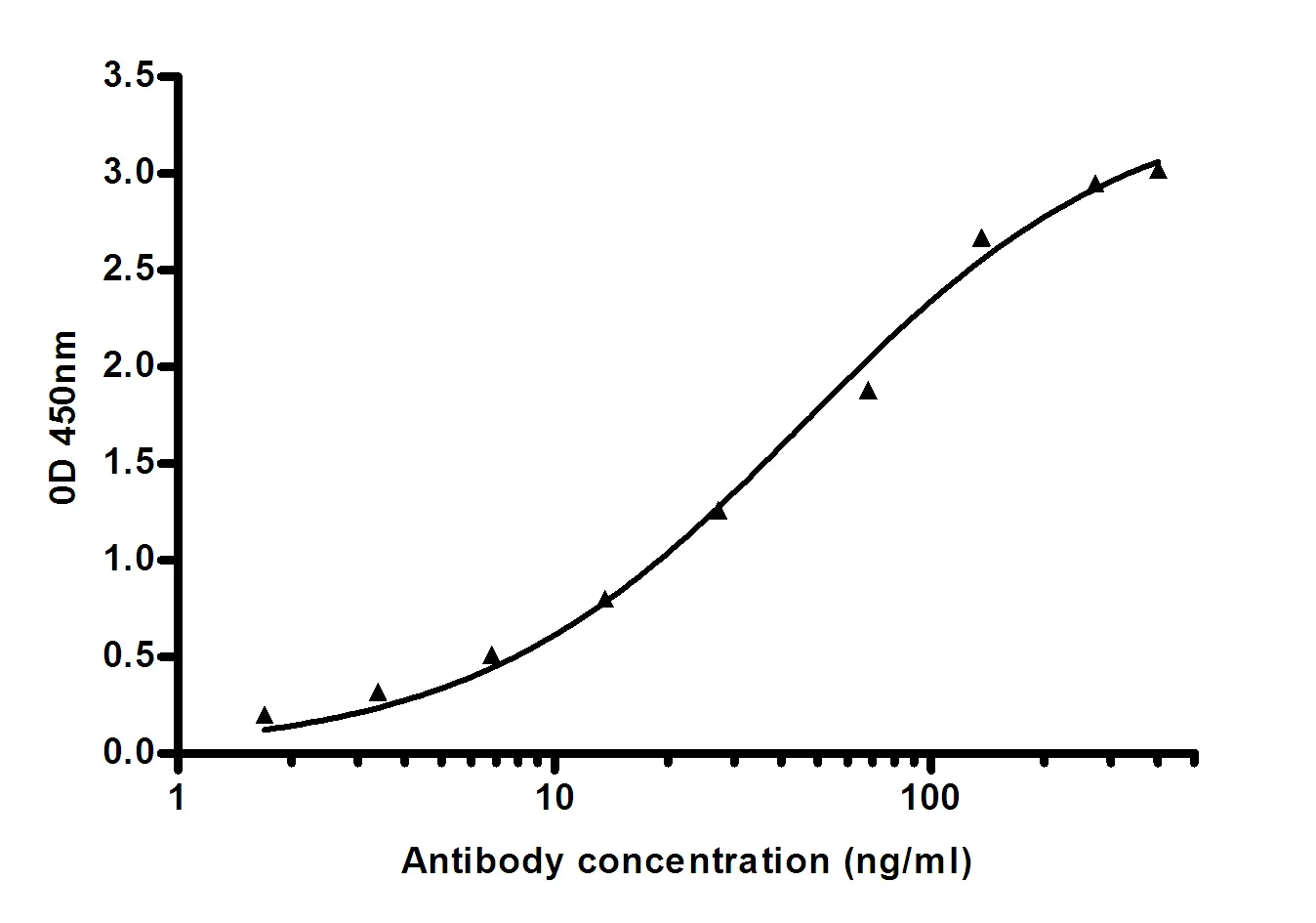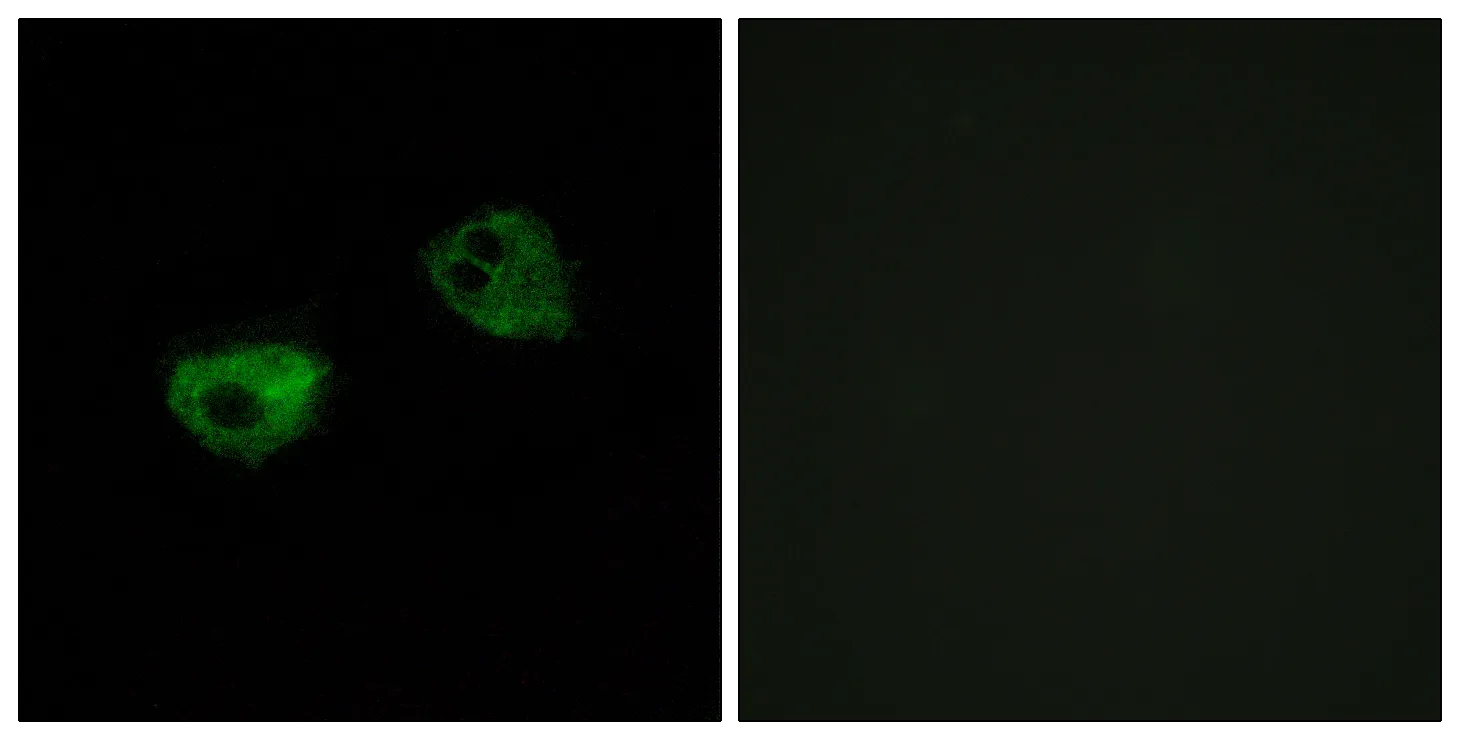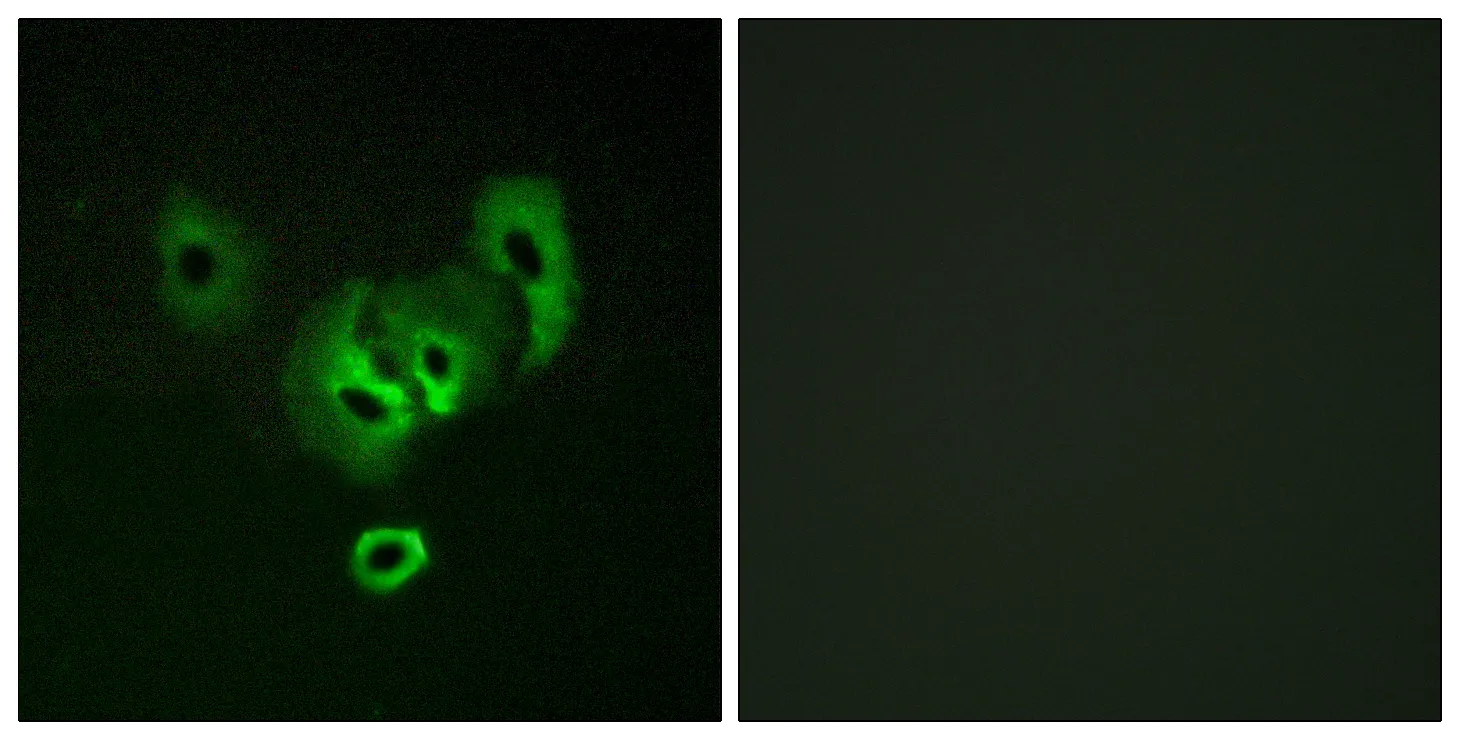Summary
Performance
Immunogen
Application
Background
Summary: This protein encoded by this gene is a member of the RIN family of Ras interaction-interference proteins, which are binding partners to the RAB5 small GTPases. The protein functions as a guanine nucleotide exchange for RAB5B and RAB31. Alternative splicing results in multiple transcript variants. [provided by RefSeq, Feb 2016],caution:The region from Asp-168 to Pro-327 is deduced from the genomic sequence by similarity to the mouse sequence.,function:Potential Ras effector protein. May function as a guanine nucleotide exchange (GEF), by exchanging bound GDP for free GTP.,similarity:Belongs to the RIN (Ras interaction/interference) family.,similarity:Contains 1 Ras-associating domain.,similarity:Contains 1 SH2 domain.,similarity:Contains 1 VPS9 domain.,subcellular location:Activation of tyrosine phosphorylation signaling induces translocation to cytoplasmic vesicles.,subunit:Interacts with RAB5B and BIN1.,tissue specificity:Widely expressed.,
Research Area




